
These 7 National Parks and Monuments Require Reservations This Summer
Plan your trip in advance for a hassle-free experience at these popular parks in the West.
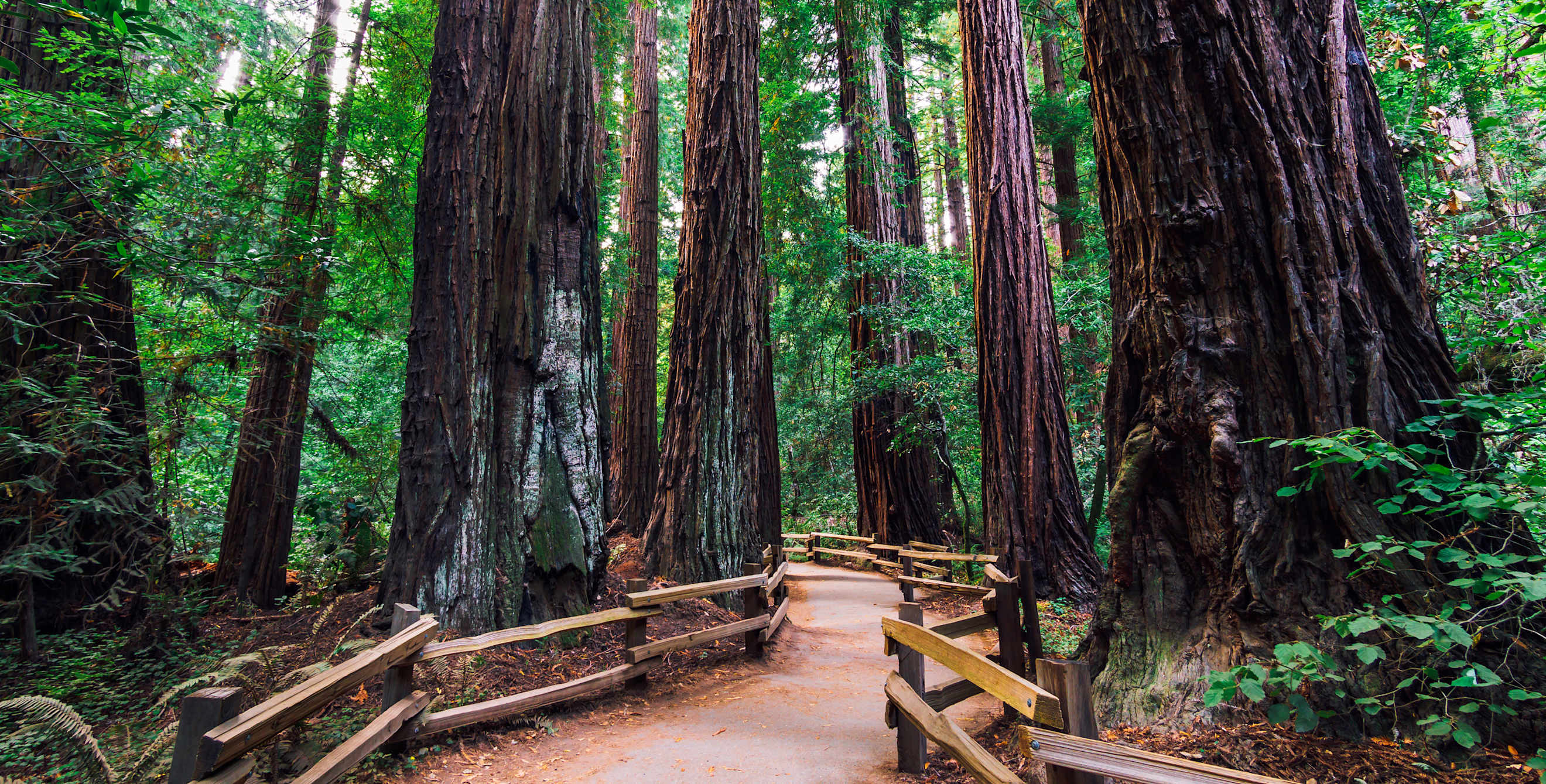
If fresh air, nature, and wide open spaces have provided you a desperately needed respite over these past few years, you’re not alone. In 2022, national parks saw 311 million visitors, and many beloved parks—including Arches, Grand Teton, Yellowstone, and Zion—have blown past their previous visitation records in recent years. To both preserve natural resources and quell the recent overwhelming amount of visitors at popular parks in the West, many sites have introduced reservation systems that require visitors to book entry, permits, or campsites ahead of time.
Some systems may be temporary as popular parks seek more permanent solutions. However, many reservation systems—such as at Haleakalā and Muir Woods—are expected to remain as they are. Here’s what you need to know before planning your next trip to a national park or monument.
Yosemite National Park in California
An entrance reservation is required for those driving into Yosemite between 5 a.m. and 4 p.m on select dates throughout the year, on weekends and holidays from April 13 through June 30, daily from July 1 through August 16, and on weekends and holidays August 17 through October 27. Most of the reservations for all dates will be available on recreation.gov or over the phone at 877-444-6777 starting January 5. The remaining slots will be available seven days before the arrival date and on the arrival date. Reservations gain you entry for the date of the reservation and the following two days (so a reservation for a Friday would also gain you entry on that Saturday and Sunday).
Plan ahead. Spots are booked almost immediately. However, if you have lodging, camping, or in-park vacation rental accommodations or a wilderness permit, you do not need an additional reservation. Bring your photo ID, proof of reservation, and either a Park Pass or $35 entrance fee.
Muir Woods National Monument in California
Back in 2018, Muir Woods started requiring year-round parking and shuttle reservations due to limited parking and high visitation. You can reserve your spot up to 90 days in advance (released on a rolling basis) at gomuirwoods.com or by calling 1-800-410-2419. A limited number of reservations are released three days in advance. Parking costs $9.50 and a shuttle seat costs $3.75 per person over 16.
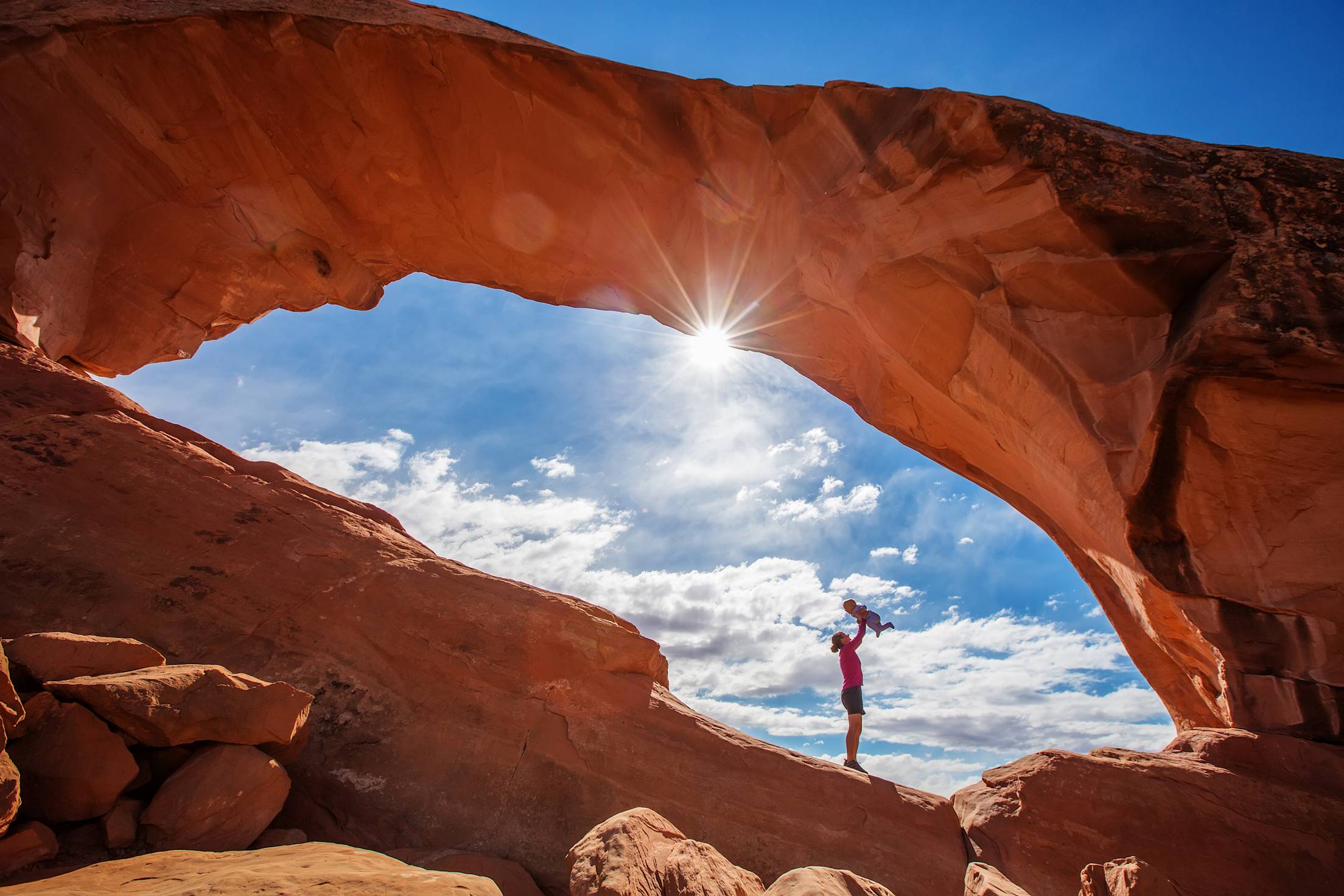
Arches National Park in Utah
One of the most visited parks, Arches has introduced a timed-entry system for all day-use visitors entering the park between 7 a.m. and 4 p.m. from April 1 to October 31. This pilot is just one of several possible solutions for long-term crowd management.
Before arriving, make reservations either online or over the phone. Starting the first of every month, you can book your visit three months in advance. Plus, a limited number of next-day tickets will be released daily at 7 p.m. mountain time. You’ll secure your timed entry ticket with a $2.00 non-refundable reservation fee. Once you arrive, use your Park Pass to enter or pay entrance fees of $30 per vehicle or $80 for an Annual Pass. Remember to bring a photo ID.
Timed-entry tickets are not required if you already have a camping, backcountry, climbing, Fiery Furnace, or special use permit. Those permits and campsites can be reserved up to six months in advance.
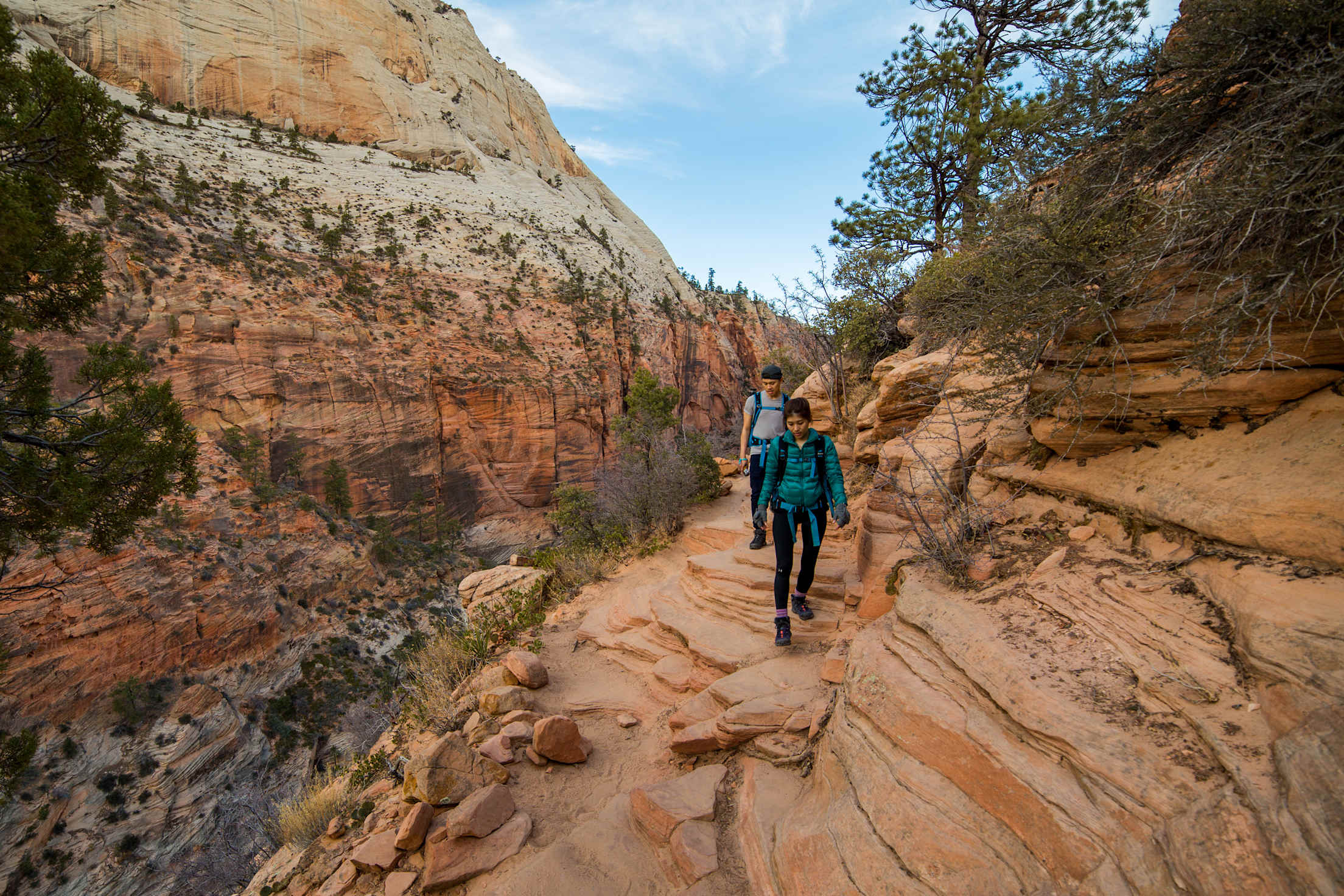
Zion National Park in Utah
As a pilot program, visitors to the cliff-edge Angels Landing must enter a permit lottery 2-4 months in advance at recreation.gov for a non-refundable application fee of $6. Time windows for starting the hike at the Grotto include pre-9 a.m., 9 a.m. to 12 p.m., or after 12 p.m.
Should you be selected, the National Park Service will email someone in your group to issue the permit, which costs $3 for each person registered. You can also apply for a limited number of day-before permits every day between midnight (12:01 a.m.) and 3 p.m. Mountain Time. Don’t forget to bring a printed or downloaded permit with you on the day of your hike.
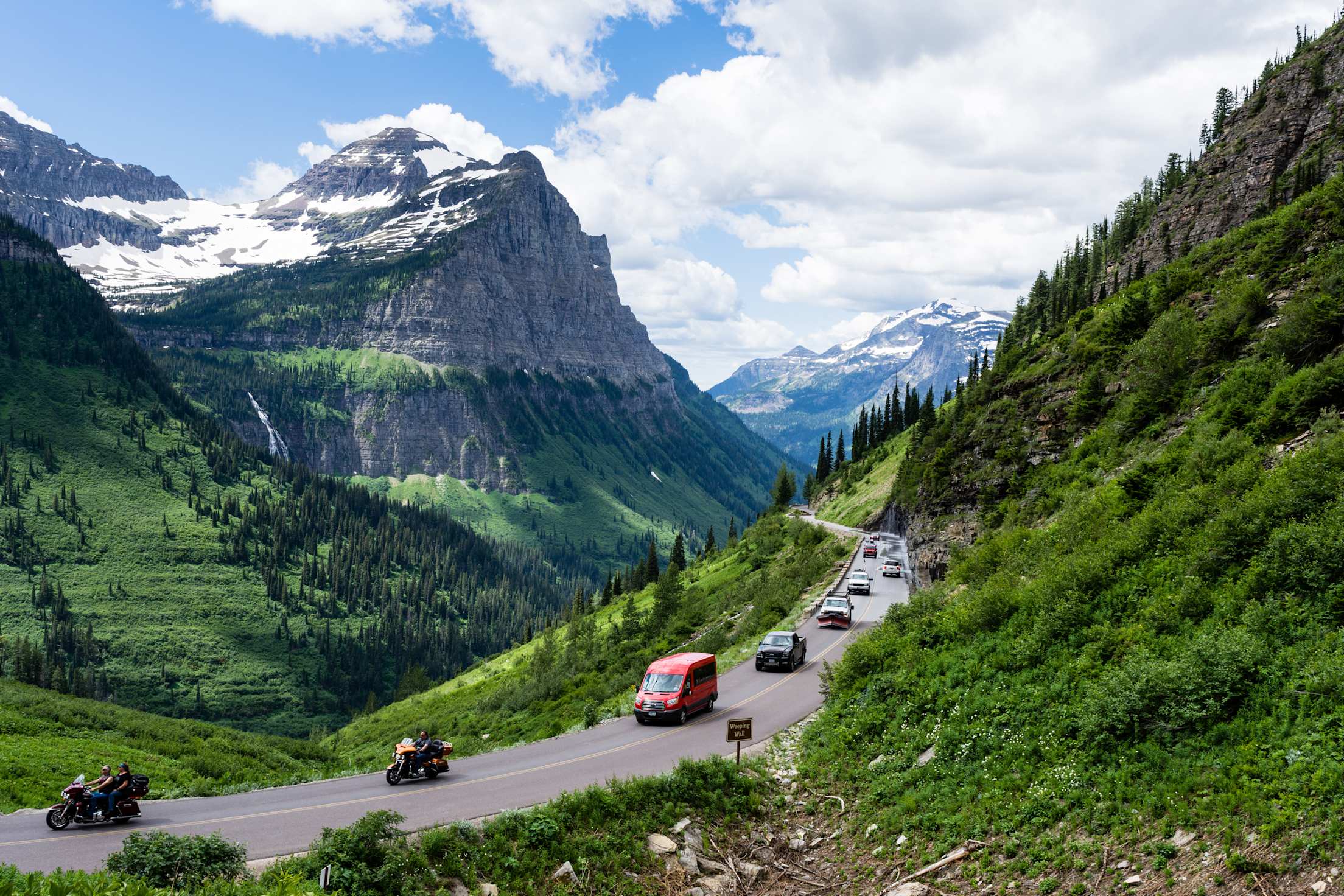
Glacier National Park in Montana
With around 3 million visitors every year, Glacier is requiring vehicle reservations for the park’s Going-to-the-Sun Road corridor and the North Fork from 6 a.m. to 3 p.m. daily from May 24 through September 8 and for the Many Glacier area from July 1 through September 8. Tribal members, land owners, and visitors on bike or foot do not need reservations.
For all three areas, vehicle reservations are released on a rolling basis 120 days in advance of the effective date online at recreation.gov or over the phone at 877-444-6777. Each has a $2 processing fee.
Reservations are not needed if you already have lodging, camping, or commercial tour permits inside the the vehicle reservation area.
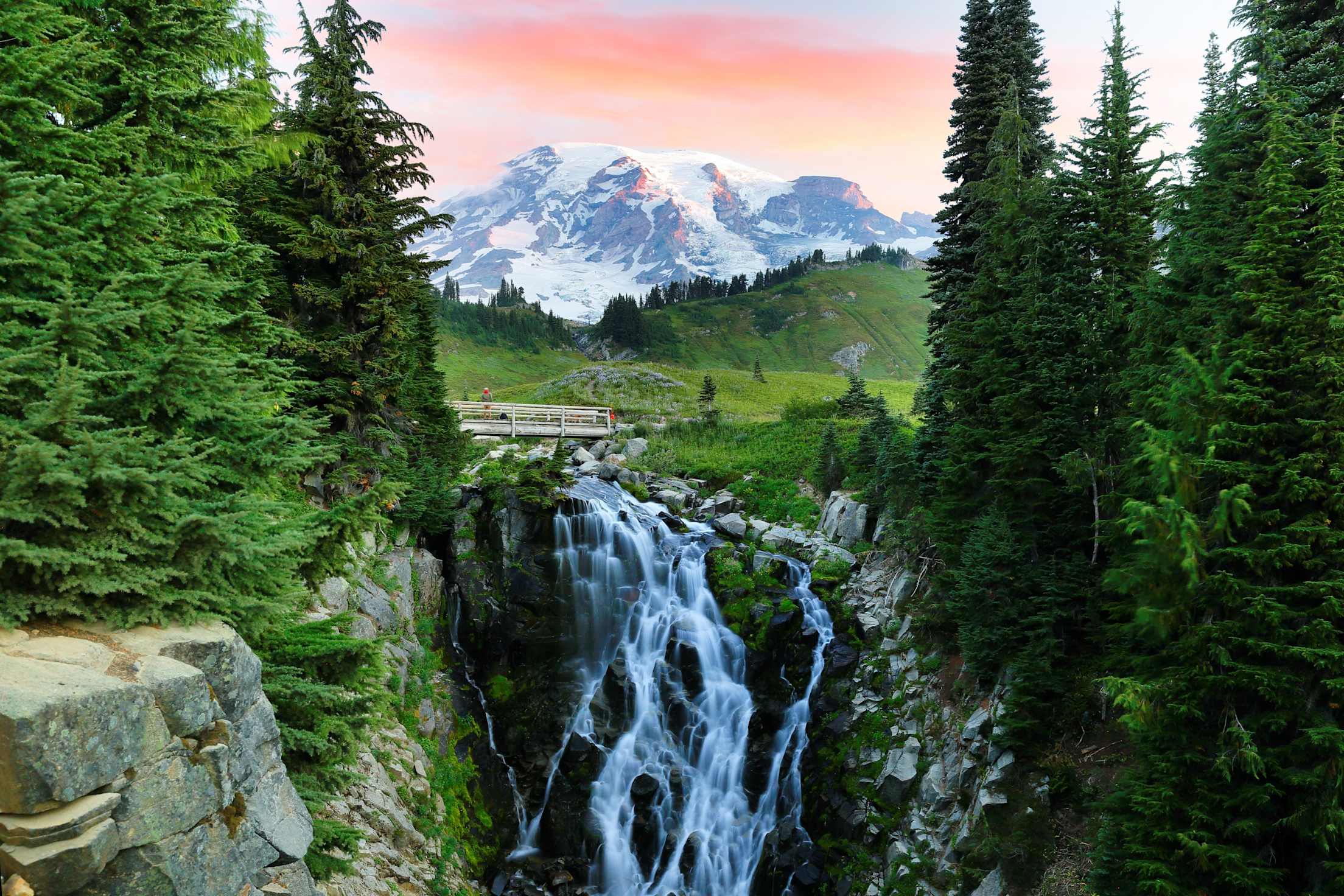
Mount Rainier National Park in Washington
In recent years, summers in the park have been synonymous with hours-long waits to get through the gates and circling for parking at popular lots and pullouts. To address the impacts of the nearly 40 percent increase in visitors the park has seen in the past decade, including overcrowding and fragile ecosystem damage, timed entry reservations will be required from 7 a.m. to 3 p.m. to enter the Paradise Corridor from May 24 through September 2 and to enter the Sunrise Corridor from July 3 through September 2.
Visitors who already have a reservation for lodging or camping, a wilderness permit, or a special use permit do not also need a timed entry reservation to visit the corridor where their reservation or permit applies. A portion of the timed entry reservations will be available to book 90 days in advance, and the rest will be released at 7 p.m. the day before entry. All entry reservations must be made through recreation.gov.
Haleakalā National Park in Hawaii
The only time visitors need a reservation in Haleakalā National Park is to access the summit during the sunrise hours of 3 to 7 a.m. This system was implemented in February 2017 to help prevent congestion.
Reservations are released online at 7 a.m. Hawaii Time 60 days in advance, but they often sell out within fifteen minutes. A portion of reservations are also released online two days in advance at 7 a.m. Hawaii time. Reservations can only be made through recreation.gov.